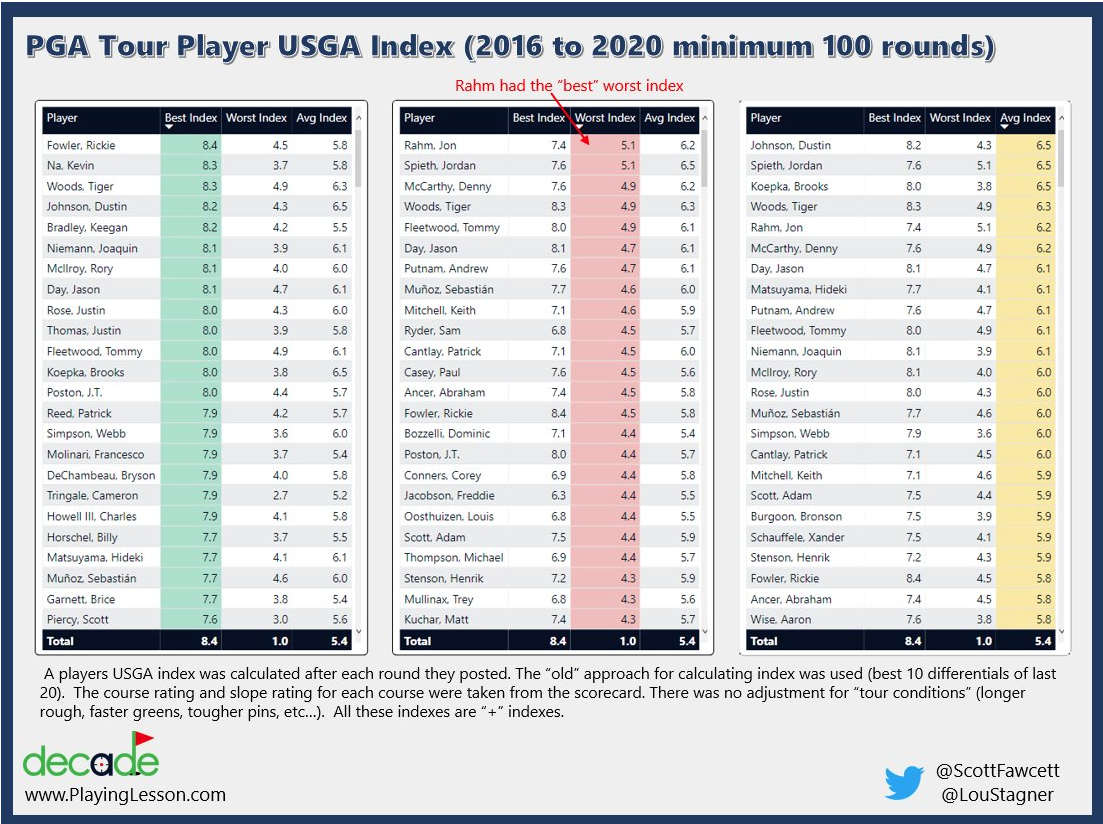Yesterday I went out to play nine holes. That might not sound like an earth-shaking statement, but because my immune system is compromised I haven’t played, except for a few rounds on an executive course, since February of last year.
I have been practicing all along, and can hit the ball pretty well, but that is different than playing. Which is the subject today’s post.
What I have been practicing are the mechanics the swinging the golf club, chiping, and putting. But I had not been practicing the act of making a golf shot. Those are two very different things.
When we complain that we can’t play like we practice, not understanding that difference, I believe, is the likely cause.
When we hit a shot on the golf course we have to pay attention to these things:
– Focus our mind what we are about to do
– Decide where we’re going to hit the ball to
– In many cases, decide how we’re going to hit it
– Decide which club we’re going to use
– Set up: grip, aim, stance, posture, ball position
– And finally, hit the shot.
Do you practice all of that at the range? Or just the last one, hitting one ball after another?
If practice is just ball-striking, we are not preparing ourselves to play the game.
Yesterday I hit five bad shots that turned a 40 into a 46. None of them were the fault of bad ball-striking. The fault was in not paying attention to the things that surround ball-striking, because I hadn’t practiced them enough.
I know how to do everything on that list. But I had not practiced doing those things enough, and in sequence, so they had become habits. I would forget to do one or two, or not do them correctly.
If you just want to go out and bat the ball around and have fun in a pleasant surrounding with your friends, go right ahead. There is value in that.
But if you want to shoot low scores, you need to practice in such a way that you make a habit of all of golf. Not just the hitting-the-ball part.

